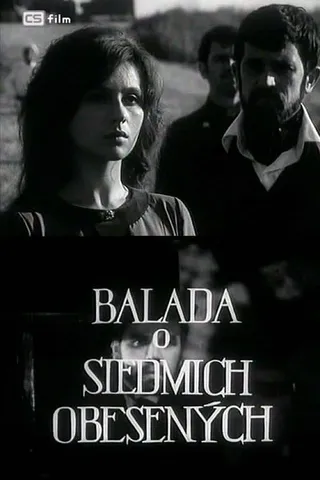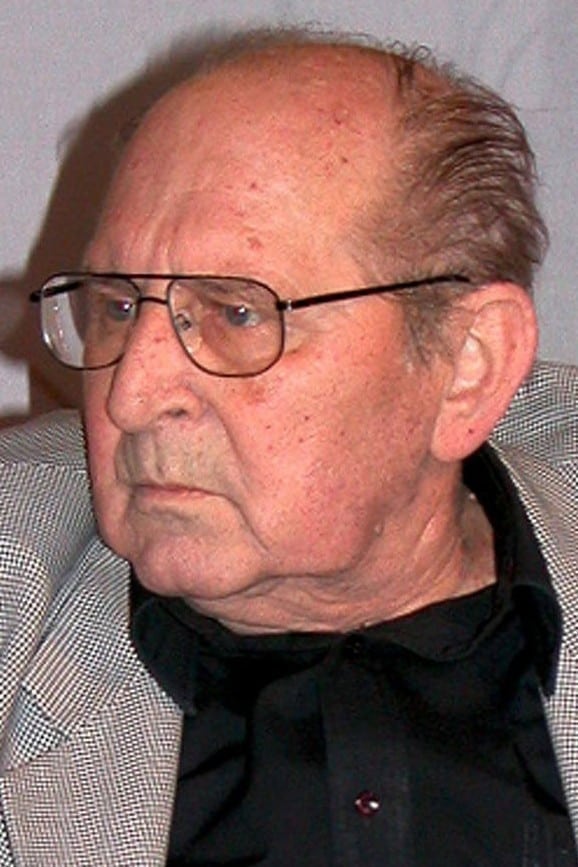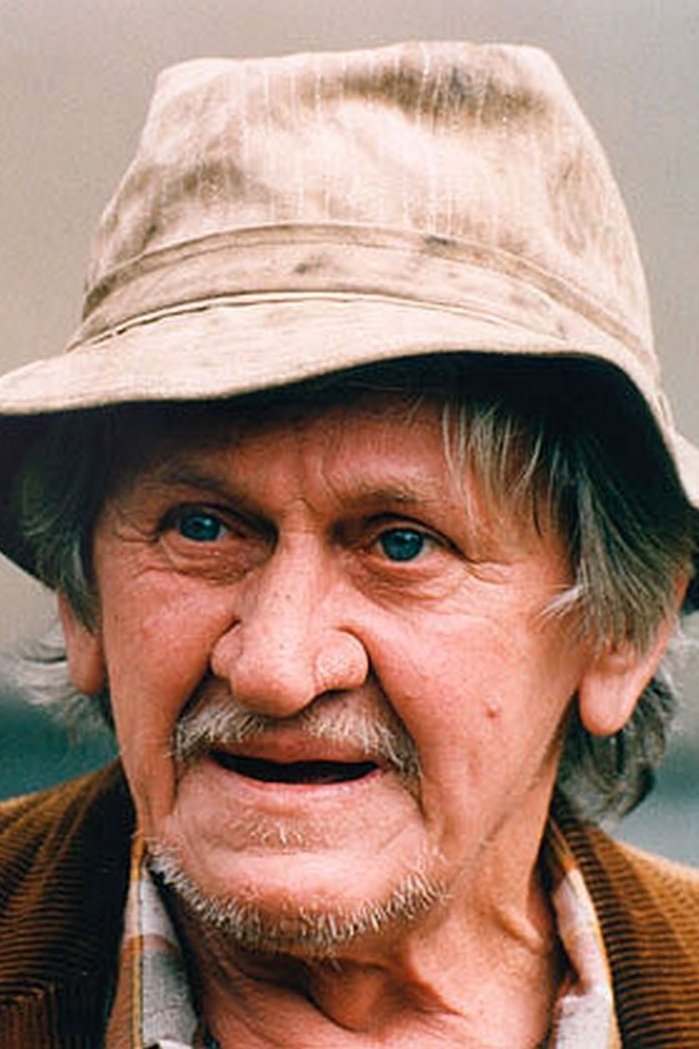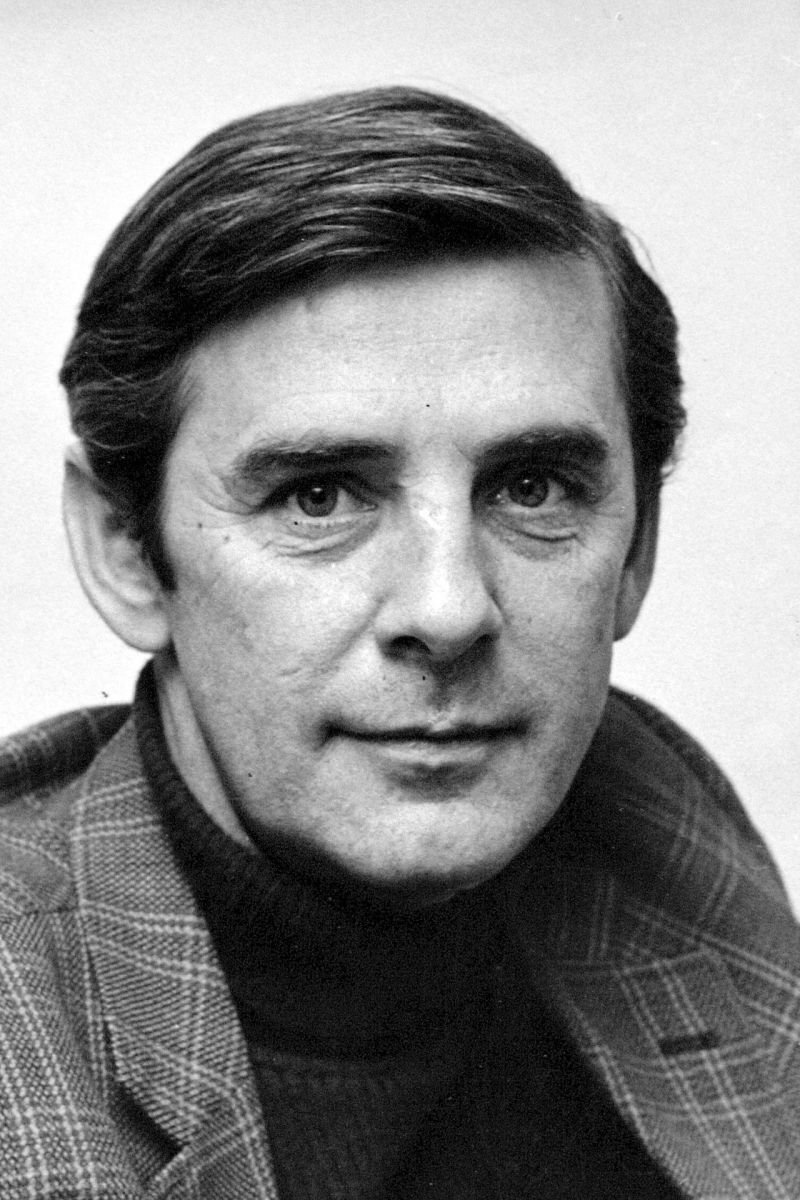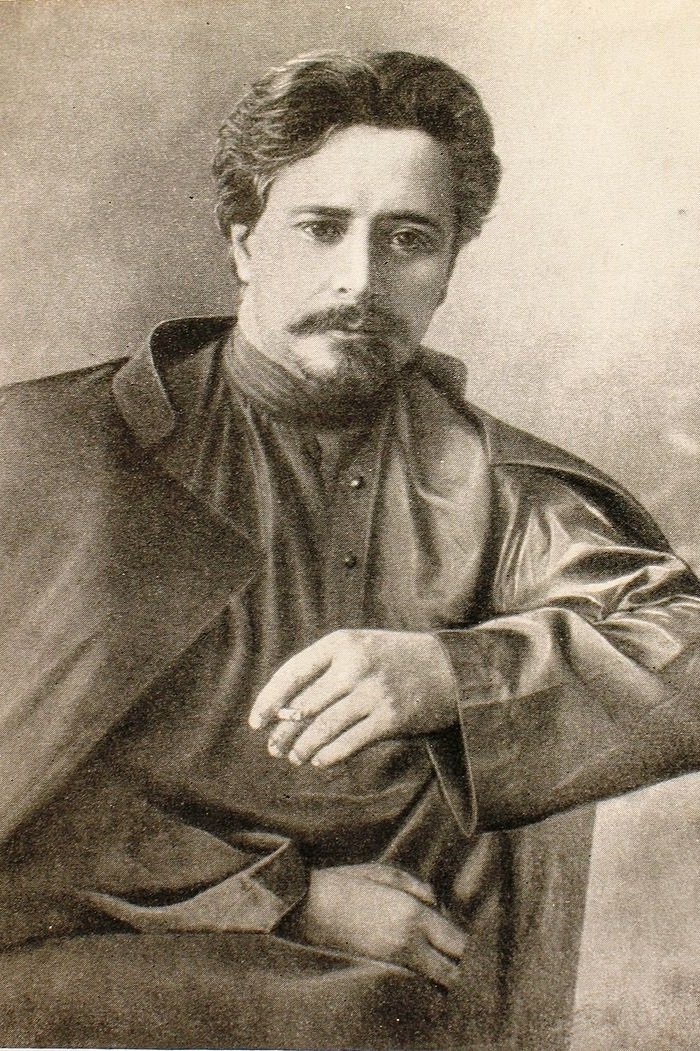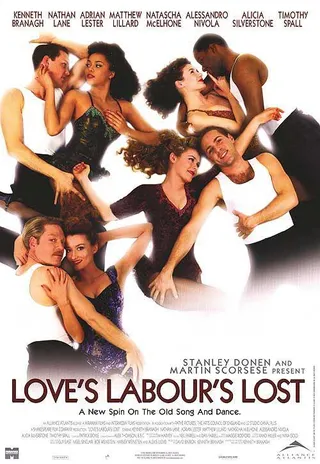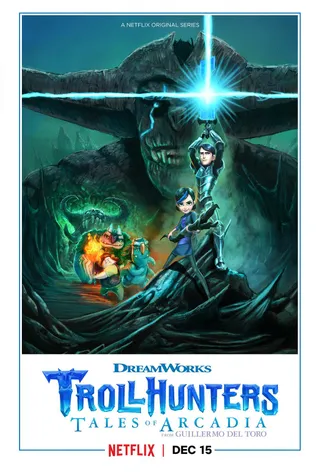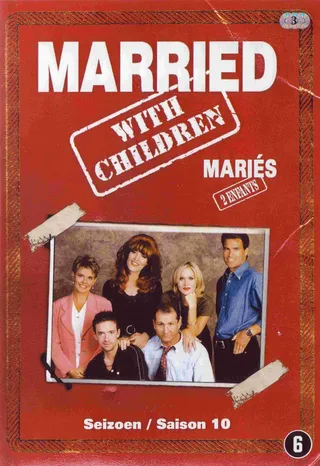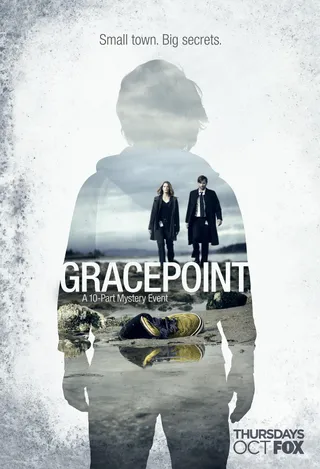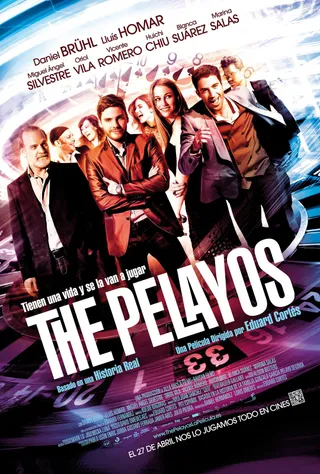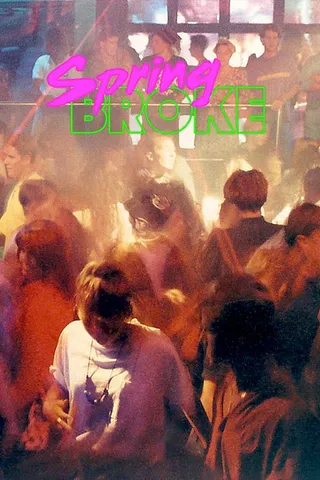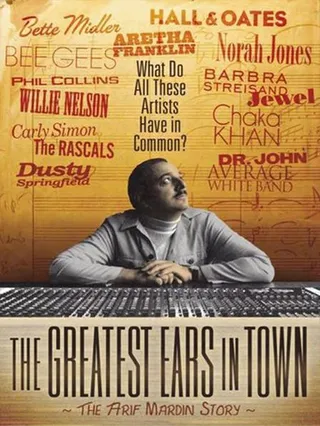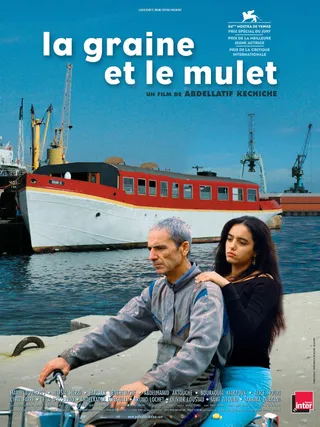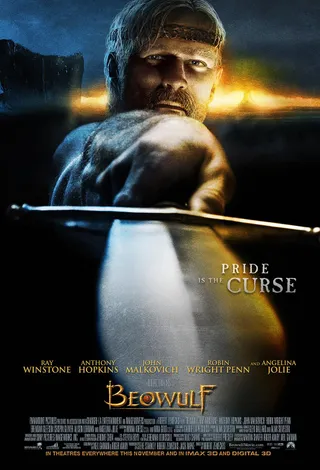七个行绞刑者之诗
Balada o siedmich obesených (1968)
电影
斯洛伐克
捷克
英语
/
法语
/
斯洛伐克語
剧情
Seven people waiting for their death. A group of assasins - three men and two women - and Gypsy thief spend their time in prison to be tucked up. Within psychological realism, which encompassed the pe..
查看全部
Seven people waiting for their death. A group of assasins - three men and two women - and Gypsy thief spend their time in prison to be tucked up. Within psychological realism, which encompassed the period’s predilection for existential mimicry, Martin Holly created an outstanding film, an adaptation of a story by the Russian author Leonid Andreev. Holly’s The Ballad of Seven Hanged Men (Balada o siedmich obesenych, 1968) reconstructed the fates of seven young anarchists sentenced to death for an attempted assassination. Shortly before their execution, the viewer sees seven different responses to the anxiety that each of the characters experiences. The characters, which are so very different, yet so convincing, change the viewer’s experience every second.
These distinctive television movies were shot on film with the participation of several film directors (Martin Holly, Stanislav Barabas, Peter Solan, Juraj Herz, Jozef Zachar) and directors of photography (Stanislav Szomolanyi, Igor Luther, Dodo Simoncic, Vincent Rosinec). Characterised by inventive camera work and stylish musical scores, they include Balada o siedmich obesenych (‘The Ballad of Seven Hanged Men’) by Martin Holly, Sladke hry minuleho leta (‘Sweet Amusements of Last Summer’) by Juraj Herz, Krotka (‘The Meek One’) by Stanislav Barabas, Dama (The Dame), a narrative creative interpretation by Ivan Balada based on the literary work of Svantner, Hornak’s adaptation of Vincent Sikula’s S Rozarkou (‘With Rozarka’), Peter Solan’s Slavny pes (‘The Famous Dog’) based on the short story by Jan Weiss, and Tapak’s Zivy bic (‘The Living Scourge’) based on the novel by Milo Urban and others. Several of these films won prizes at international television festivals. Despite the official closure of Television Film Works in 1971, the dramaturgical and creative potential unleashed there later became the foundation for the development of dramatic television work and its creative culminations in the 1970s and 1980s. (<Slovak film New Wave>)
http://www.kviff.com/en/history-years/2006/program/?s=219
导演:Martin Holly
编剧:列昂尼德·安德列耶夫
主演:Emília Vásáryová / Jozef Cút / Ivan Mistrík
